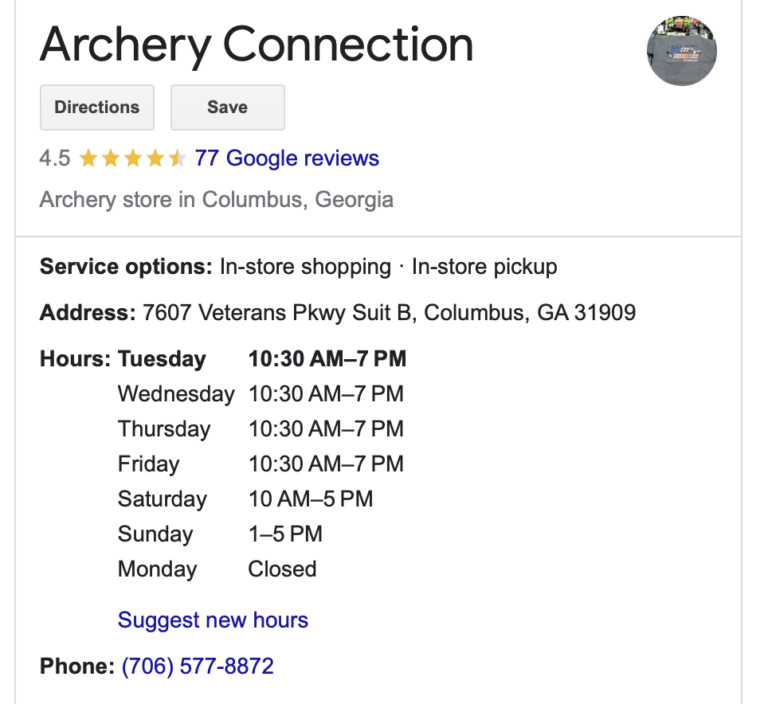BusinessRetail
Changing and Communicating Your Hours of Operation
Should you change your store hours seasonally, permanently, or for holidays and special events? Here’s how to weigh your options.
Photo Credit: ATA
When the season changes, many archery retailers wonder whether they should change their store hours. If you’re pondering the question come summer or winter or during the busy season, these considerations will help inform your decision. Should you opt for change, notify customers well in advance using the tactics below.

Determine when your slow times are make sure you stay consistent. Photo Credit: ATA
The key to keeping customers happy and avoiding staff burnout, while maximizing sales and mitigating loss, is balance. Weigh these factors to find a happy medium:
Whether you cut a few hours or a few days throughout the year or a season, strive to keep the changes you make consistent, day over day and year over year. For example, if you change your busy-season store hours on Aug. 1 and the off-season hours on March 1, keep the “change dates” the same next year. Additionally, if your hours change from 10 a.m. to 6 p.m. during the busy season to 11 a.m. to 4 p.m. during the off season, try to maintain the same working hours each day you’re at the office, if possible.
Setting different seasonal dates and daily hours is confusing. Consistency is easier to track for longtime customers and their satisfaction. If you must keep a slow hour or two for consistency, make the most of it by cleaning, restocking, merchandising, marketing, analyzing data or organizing future events.
Many small businesses have unique hours during the holidays and special events. Thankfully, most customers anticipate these changes, so the switch isn’t as unexpected as an industry-specific change based on hunting or tournament seasons. Still, you should communicate the temporary closure using the tips below.

Post your changes clearly and prominently on your social media and update your Google Business listing. Photo Credit: Archery Connection
Avoid confusing and potentially upsetting your customers by communicating changes well in advance. Your goal is to inform them before they prepare to visit your store. Use a short, easy-to-understand message that announces or apologizes for the closure with details on when you’ll return.
Post a notice to your website and social media accounts at least a month in advance, and again the week before. A final reminder the day of is beneficial, too. Sending a personalized email or text message to your followers around the same times provides additional avenues to inform customers about adjustments. Don’t forget to update the hours on your Google Business profile. Click here to learn how.
It’s always smart to list your store hours on your voicemail and quickly mention when your hours will change. Then, update your voicemail message to reflect that change the day of. Encourage customers to call if there’s confusion or they want to confirm when you’re open.
As a last step, post the new schedule both inside and outside of your shop door to inform customers as they enter or leave. Use bright colored paper and bold fonts to grab people’s attention. The physical storefront posting will also serve as a notice to new customers or people who pop by.
Apply the same best practices above for isolated, short-notice changes due to weather or emergencies. Notify your customers across all platforms as soon as possible and apologize for any inconveniences the change may cause. Be sure to mention when the store will reopen to assist waiting customers.
If you need help making a decision about your store hours, contact the ATA at (507) 233-8130 for additional guidance and support.

WE ARE HERE TO HELP THE INDUSTRY, TO HELP INDIVIDUAL BUSINESSES GET THE MOST OUT OF THE INDUSTRY, AND TO HELP YOU.